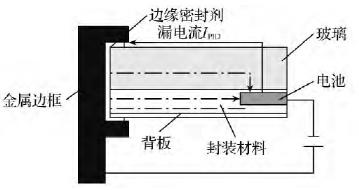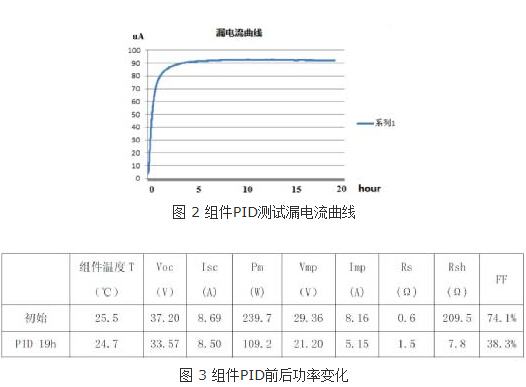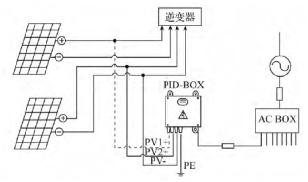On June 1, the National Energy Administration and other departments issued the "Notice on Matters Related to Photovoltaic Power Generation in 2018" (because the payment date is May 31, the industry called "5.31 New Deal"), proposing not to arrange the 2018 general For the construction scale of photovoltaic power plants, only about 10GW of distributed photovoltaic construction scale is arranged to further reduce the subsidy intensity of photovoltaic power generation. This sudden New Deal is like a pot of cold water, so that the photovoltaic industry, once immersed in a crazy state, is gradually sober. The pressure generates momentum. The release of the New Deal means that photovoltaic companies need to change their development direction and reduce the cost of photovoltaic power generation through more technical upgrades. At the same time, this is also an opportunity for companies to concentrate more on solving the problems encountered in previous photovoltaic systems. In this article, let us discuss the PID of photovoltaic modules. PID (Potentian Induced Degradation) is a kind of potential-induced degradation phenomenon. It was first discovered by SunPower. It refers to the leakage current between the glass and the packaging material under high voltage for a long time, and a large amount of charge accumulates on the battery surface. The passivation effect on the surface of the battery deteriorates, leading to a decrease in fill factor (FF), short circuit current (Isc), and open circuit voltage (Voc), making the performance of the component lower than the design standard, and the power generation capacity is also reduced. In 2010, NREL and Solon confirmed that regardless of the technology of the P-type crystalline silicon cell used in the module, the module has the risk of PID under negative bias. There are many reasons for the formation of PID. The outside may be polluted by conductivity, acidity, alkalinity, and objects with ions due to the humid environment, and the attenuation phenomenon may also occur, resulting in leakage current. On the system side, the inverter grounding method and the position of the components in the array determine whether the cells and components are positively or negatively biased. The actual operation of the power station and the results of the research show that: if all the components between the middle block of the entire column and the negative output terminal of the inverter are under negative bias, the PID phenomenon closer to the output terminal components is more obvious. However, the PID between the middle component and the positive output terminal of the inverter is under positive bias, and the PID phenomenon is not obvious. In terms of batteries, the uneven resistance of the battery chip results in uneven block resistance; the increase in the resistance of the block used to optimize battery efficiency will make the battery chip easier to decay, resulting in the PID effect. According to the simulation of the PID effect in the laboratory of a certain component company, the power change and leakage current of the component are monitored, and it is found that with the intensification of the PID effect, the power of the component decreases sharply and the leakage current increases rapidly. At present, the methods of solving PID in the photovoltaic industry mainly adopt the optimization of the photovoltaic module battery materials, the use of better sealing packaging materials and the method of grounding the negative electrode of the thin film power generation module, and the method of additional PID repair devices. The PID repair device is connected in parallel with the DC input of the inverter, applies a high voltage between the negative stage of the photovoltaic module and the ground, and supports the output of a fixed voltage and the output of an intelligently regulated voltage. At night, it can release the charge accumulated by the photovoltaic module during the day due to the negative bias between the negative electrode and the ground, and continue to operate. PID-BOX will repair those battery modules whose efficiency is reduced due to the PID effect. In fact, the magnitude of the leakage current of the photovoltaic module affects the attenuation phenomenon. Monitoring the magnitude of the real-time leakage current of the module can effectively reflect the degree of attenuation of the module and adjust it accordingly. However, this requires a very high level of solution to detect this leakage current. The leakage current of the first component is very small, uA level; second, the component is generally placed outdoors and in a place with good lighting conditions, resulting in poor operating conditions, so Higher requirements have been put forward for current sensor manufacturers. Magtron is a global leader in All Programamble PGA Sensor and magnetoelectric sensor SoC, and is committed to realizing a new generation of smarter, high power density and differentiated magnetoelectric sensor system solutions. Driven by the general trend of the entire industry towards industrial Internet of Things and sensor intelligence, Magtron's innovative technologies Quadcore, RCMU, iShunt and other innovative technologies make magnetoelectric sensing, especially current sensor applications, both highly integrated and easy to use, while achieving high Power density is also the first high-speed sensor software. JIANFA SANITARY WARE INDUSTRY CO., LTD , https://www.jfsanitary.com

